
Kings all over history had the intention of expanding their territory and building an undefeated empire to increase their area of power and resources. In that matter, there’s a unique king, who reigned Egypt over 60 years, Ramses II, also named by Ramses the Great, the name of Ramses II definition is the elect of Ra, the sun god.
It seems that his life was dedicated to wars and invasions, from north to south and east to west. He was also a great builder, he left us a lot of monuments and temples, and he had built a whole city called “Pi-Ramses” to be his capital located in the Nile Delta.
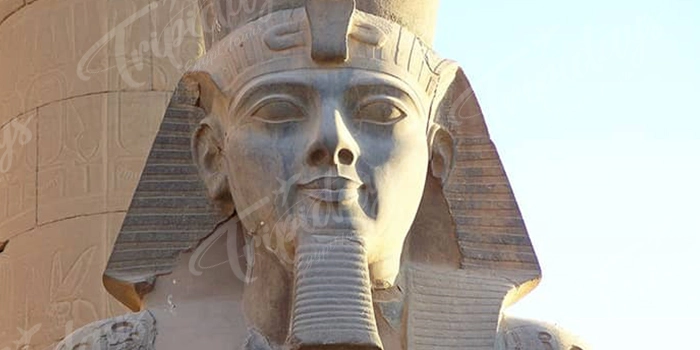
Ramses II was declared as prince regent when he was just fourteen years old while his father was out borders conquering and expanding, which had given him the ability to be a great King. He was born in 1303 BC, son of King Seti I; it’s believed that he officially became the Pharaoh in 1279 BC and kept the throne for another 66 years.
Maybe it’s the longest reign period for a king in Egyptian history till he died in 1213 BC, and lived for 90 years. Actually he had outlived most of his wives and many of his children. Ramses II tomb lies in the Valley of the Kings in Luxor, tomb number KV7, but the King was removed after to Queen AhmosInhapy Tomb to protect him from robbery and moved again to the tomb of the high priest Pinedjem II.
Ramses II mummy now exists at the Egyptian Museum in Cairo, or that’s what we believe, as this mummy was found in a wooden coffin. It was unwrapped for the first time by the French Egyptologist Gaston Maspero. The mummy can give us a hint about what the King looks like – if it’s his mummy – he had an aquiline nose, strong jaw, and 1.7 m tall (5 ft 7 in).
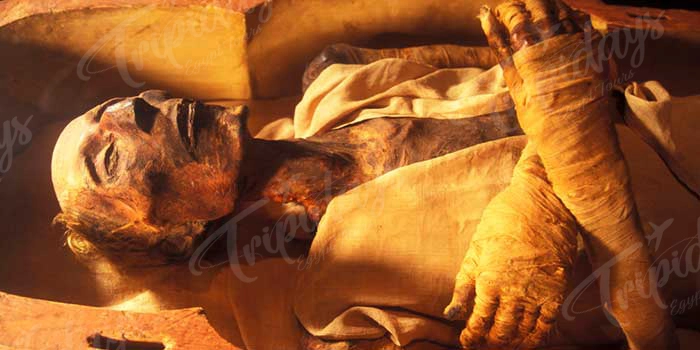
The King was suffering from severe dental problems, and he was diagnosed by arthritis and hardening of the arteries, believed to cause his death after a long life, leaving Egypt’s throne to his son Merneptah.
Pharaoh Ramses II, also known as Ramses the Great, was a formidable ruler whose reign left an indelible mark on ancient Egypt. However, despite his illustrious legacy, his death's circumstances have remained mysterious. This article delves into the various theories and historical accounts to show how King Ramses II met his ultimate fate.
The King had over 200 wives and concubines during his life, long live the King! That’s why we are not surprised when we know that Ramses II children are estimated to be ninety-six sons and sixty daughters.
King Ramses II's wife Nefertari was his best, and that’s obvious in the whole temple he had built for her next to his temple. She was the only wife to have such a building carrying her name.
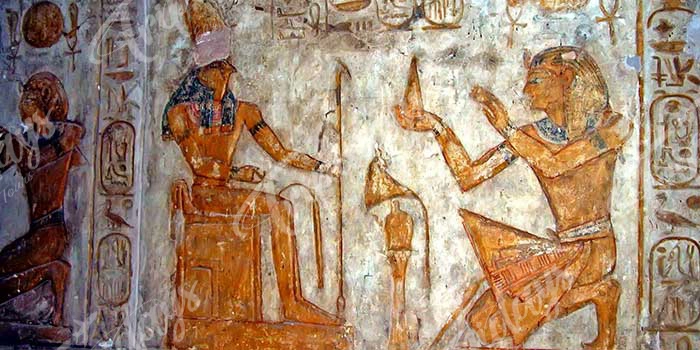
A lot widely knew the King of victories on several occasions, some were defending, and others were invading and expanding. In the second year of his reign, some pirates were attacking the cargo-laden ships coming to Egypt in the Mediterranean. These pirates were the Sherden people, living in the sea, probably coming from Anatolia, present-day Turkey.
With a tight plan, Ramses II could beat them up by posting his troops in some strategic spots along the coast and give them a chance to attack first as a trap. In the fourth year of his reign, he started his first Syrian campaign by attacking Canaan. Ramses had taken the princes of Canaan as live prisoners. This battle was commemorated by an erection located near to Beirut called Commemorative stelae of Nahr el-Kalb.
During the fifth reign year, another battle was a special one, not for what happened during the war, but for its end. Second Syrian campaign, this time, he fought against the Hittite. Who was representing a danger to Egypt’s eastern borders, his father was trying to defeat them for a long time before him without victory, so maybe he was trying to finish what his father couldn’t, but could he?
It was called the Battle of Kadesh, named after the area where it took place, now somewhere between Syria and Lebanon. It was believed to be the most massive chariot battle ever, involving between 5000 and 6000 chariots, massive war with equivalent forces on both sides, which made it an endless war that nobody could win.
But the way it ended gave it a wide celebrity and put King Ramses II in a particular position in human history. Ramses The Great signed the first peace treaty ever known in history with the Hittite. Unfortunately, there were no Nobel prizes at this time. As he was a war master, he was also a peacemaker. He had also led several campaigns in Nubia and Libya to expand his great empire and also to protect his borders and set control over all the area.
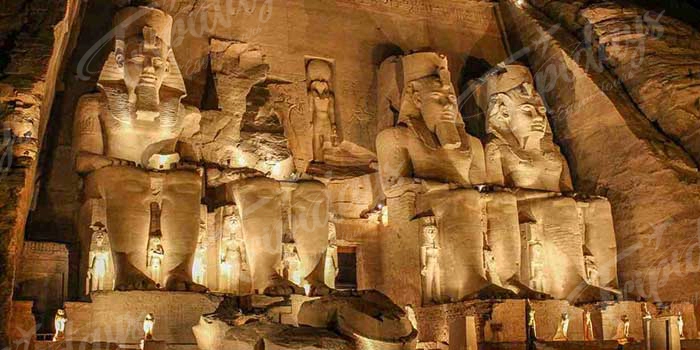
Like all the Pharaohs, King Ramses II had built some important monuments. Such as a capital called “Pi-Ramses,” which means the house of Ramses, which was used during the battle of Kadesh as supply support for his army, as he built factories producing weapons, chariots, and shields in a high rate of production.
But the most famous monument he had left behind is Ramses II temple at Abu Simbel, marking the southern borders of his empire; the temple was mainly to himself to be blessed from the gods and offer him immortality. Ramses II temple is such a piece of art, carved out of the mountainside, with a front view of four gigantic statues of the King sitting.
It was considered a world heritage by UNESCO, and it was saved from the Nile floods by being moved to a safer place. Ramses II had built a lot more temples, like the Ramesseum, his mortuary temple. And also, he was adding to some existing temples, such as the Karnak Temple. Ramses II was leaving his marks everywhere more than any other King before him or after him, as he wanted to be remembered forever.
A Ramses II statue could be found everywhere, even in some museums abroad, which is proof for his full celebrity. Still, the most famous statue of Ramses II is the one that was found at the great temple of Ptah near Memphis. It was found broken into six pieces made from red granite. It had been restored and placed in a public square in Cairo for many years before it had been moved again to a temporary location to be restored to be welcoming guests at the entrance hall in the new Grand Egyptian Museum (GEM).
No doubt that King Ramses the second was one of the most famous Egyptian Pharaohs in the history of Egypt, you can call him with several nicknames, the emperor, the builder, war master, Peacemaker, and the invader.Still, for sure, he was Ramses The Great. He had left us a great heritage, not only the temples and monuments but also some manners of human beings, which are missing nowadays.
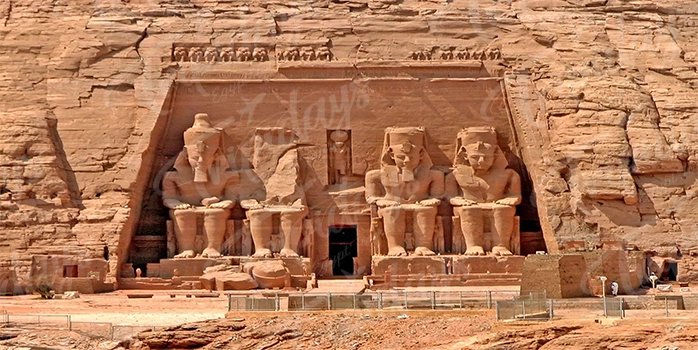
Ramses II, also known as Ramesses II or Ramses the Great, was a legendary pharaoh who ruled ancient Egypt during its golden age. With a reign spanning an impressive 66 years, Ramses II left an indelible mark on Egyptian history and is remembered as one of the most influential and accomplished pharaohs ever. In this article, we will delve into Ramses II's life, reign, notable achievements, and lasting impact on Egypt.
>Construction Projects: Ramses II was a prolific builder, leaving behind magnificent structures such as the Temple of Abu Simbel and the Ramesseum, his mortuary temple. These architectural marvels showcased his dedication to the gods and his desire to immortalize his rule.
>Battle of Kadesh: One of the most famous military campaigns of Ramses II was the Battle of Kadesh against the Hittites. Though the battle ended in a stalemate, Ramses II skillfully crafted a victory narrative, solidifying his reputation as a formidable military leader.
>Diplomacy and Alliances: Ramses II actively pursued diplomatic relationships with neighboring kingdoms, forging alliances through marriages and treaties. His efforts helped maintain stability in the region and solidify Egypt's dominance.
>Longevity of Rule : Ramses II's 66-year reign was unprecedented, making him one of the longest-reigning pharaohs in Egyptian history. His longevity ensured stability and continuity during a critical period for Egypt.
>Art and Architecture: Ramses II's reign witnessed artistic and architectural achievements flourishing. Temples, statues, and reliefs dedicated to the pharaoh adorned Egypt, showcasing his divine kingship and immortalizing his image.
>Cultural Significance : Ramses II symbolized power and greatness in Egyptian society. His name and legacy inspired subsequent generations, and he was revered as a paragon of pharaonic rule.
>Historical Importance : Ramses II's military campaigns and diplomatic endeavors shaped the geopolitical landscape of the ancient Near East. His influence extended beyond Egypt's borders, leaving a lasting imprint on the region's history.
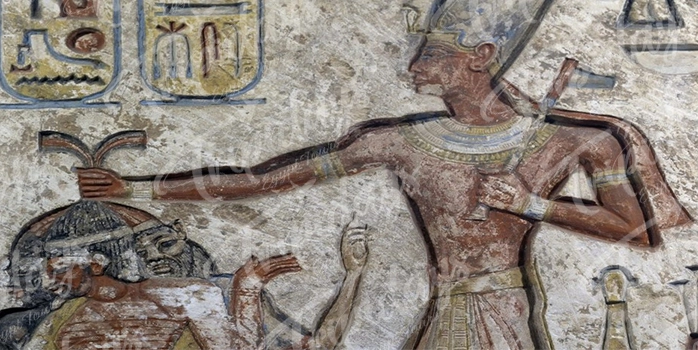
Ramses II ascended the throne at age 25 and ruled Egypt for 66 years. He led military campaigns, constructed magnificent structures, and solidified Egypt's power throughout his reign. However, as he approached his twilight years, his health began to decline.
The exact cause of Pharaoh Ramses II's death may never be definitively known. However, historical records and archaeological findings provide valuable insights into the factors that likely contributed to his demise. Whether it was a combination of old age, ailments, or infections, Ramses II's death marked the end of an era in Egyptian history. Despite the uncertainties, his legacy as one of Egypt's most influential pharaohs lives on, and the mystery surrounding his death continues to captivate the imagination of scholars and history enthusiasts alike.
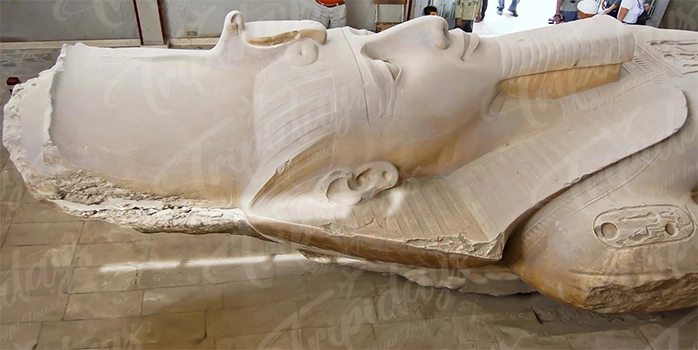
Ramses II, the great pharaoh of ancient Egypt, left an indelible mark on history through his remarkable reign, numerous achievements, and enduring legacy. From his birth and early years to his reign as a powerful pharaoh, Ramses II's impact can still be felt today in the grand structures he built, the stories of his military exploits, and the reverence with which he is remembered. Ramses the Great will forever be known as one of the most influential figures in ancient Egyptian history, whose contributions continue to captivate the world.
A Nile River cruise in Egypt is a journey through time, allowing you to explore this historic
The History of Ancient Egyptian Mummies is a captivating tale that weaves together the mysteries
Egypt is known for its rich history & amazing ancient wonders, but it also brags an incredible
Egypt, with its rich history, ancient wonders, and breathtaking landscapes, offers an unparalleled
Egypt, a land shrouded in mystique and grandeur, has a rich and captivating history spanning